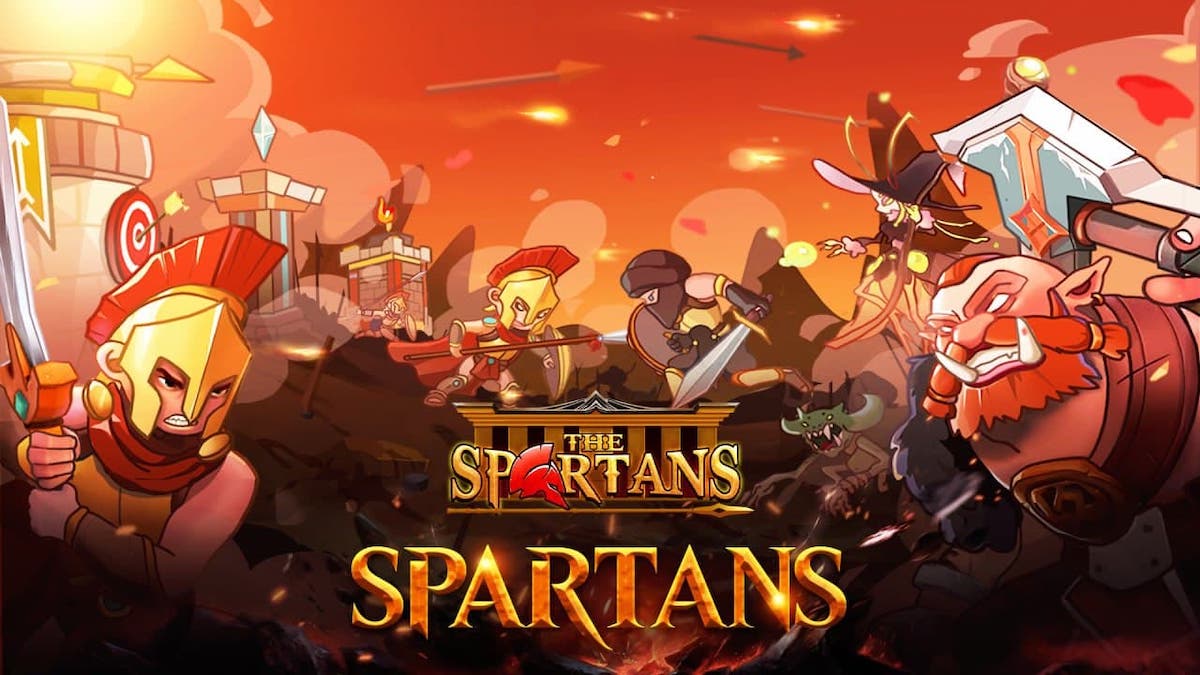NFT Artworks Will Take Art Galleries To The Next Level


What Is An NFT artwork?
What Has Been Hindering NFT Artwork Adoption Among Museums?
Why Art Galleries Should Embrace NFT Artworks
Art Galleries and Museums Should Build Their NFT Artworks on NFTify
Conclusion
More people are getting interested in NFTs every day, thereby catalyzing the rate of adoption. According to a survey, 5 out of every 10 United States residents have heard about NFTs.
While everyone may be open to embracing NFT artworks, museums and art galleries have mixed feelings about it. To them, the adoption of NFT artworks might mean two things: spell the end of tangible works of art or be the innovation that will take art galleries to the next level.
They are at a crossroads where they have to decide whether to shun NFTs or accommodate them. All the same, reports have it that certain museums like The British Museum would be launching NFT art collections this year.

Against this backdrop, this blog post will address the concerns art galleries have towards NFTs, and more importantly the major reasons they should welcome NFT artworks.
What Is An NFT artwork?
Artworks are creative expressions of artists. They can be drawings, paintings, illustrations, sculptures, or a photograph. Although artworks are always tangible, blockchain technology has offered the possibility of existing on a public ledger.
In a nutshell, NFT artworks are digital representations of the usual tangible art, but they exist on the blockchain. The existence of the blockchain gives the possibility to prove authenticity and ownership.
For instance, the Battle of Thermopylae is a popular war in Greek history. The relics and drawings of the war are in some notable global museums. Recently, its NFTs—SpartansNFT—were minted.
Therefore, Spartans NFT is blockchain-versions of the physical artworks of the battle of Thermopylae.

What Has Been Hindering NFT Artwork Adoption Among Museums?
A lot of museums have had some reservations about the integration of NFT artworks into their galleries. While some museums are convinced to discard these reservations, others still hold on to them.
Here are the hindrances:
1. Intellectual property issues
The United States Copyright law provides that—unless it is agreed otherwise—the ownership right of an NFT resides with the artist who made and minted it. The person only buys its metadata.
From another perspective, there have been various incidents of people minting the artwork of others on the blockchain, thereby depriving the original artists the ownership of their ideas.
These legal nuances explain why some art galleries think twice before considering NFT artworks.
2. It might appear to be too technical
First, crypto is the usual means of paying for an NFT and this is not what an average museum staff is familiar with. Even in the United States, only three museums accept crypto at the moment.
More importantly, NFTs are novel to the art world. Most people who manage art galleries and museums are used to the traditional ways of art collection, valuation, and display. Therefore, they might find it technical to know the processes involved in minting and valuing NFTs.
All the same, it's encouraging to note that some museums are speeding past the technical appearance of NFTs. Great Plains Art Museum, a museum that has existed for over 40 years, exhibited some NFT artworks late last year.
Why Art Galleries Should Embrace NFT Artworks
Although it may seem that NFT artworks threaten the relevance of physical art galleries, museums should rather see it as a way of keeping up with time. Therefore, there should be a synergy between the NFT art world and the physical art world.
Here are some reasons art galleries should be more excited about digital artworks:
1. Global Patronage and Sales
Whether we like it or not, technology is reformulating how humans interact and view the world. This also includes the idea of the majority concerning physical art galleries and appreciation of art generally.
For anyone who has been following the trend, it has become public knowledge that there was a 77% sharp decline in the number of people that go to physical art galleries and museums.
The reason is that people now interact more with online entities and platforms. On this note, building an NFT artwork gallery would bring a tremendous change to the operation of traditional art galleries.
First, it will help art galleries to break away from the limitation of location; anyone in the world can visit their galleries and appreciate their works of art.
Second, more visitation equals more sales. The more people come online to see their NFT artworks, the higher the chances of buying them.
No wonder more than ten popular international museums—including the National Museum of Liverpool—have been minting and collecting NFTs.
2. Royalties for the Artists
Artists put a lot of work and time into creating masterpieces. Therefore, they must be duly compensated. However, it is often the case that artists are underpaid and not well remunerated.
NFT artworks will change this narrative and enhance the participation of artists in making more works. First, NFT makes it possible for artists to charge prices that their works are worth.
Some years back, Anthony Azekwoh—a visual artist—randomly said on Twitter that he is now charging nothing less than $1,200 for his artworks; this was way less than what he used to charge before the boom of NFTs.
That aside, NFTs give independent artists access to the secondary market through royalties; this allows artists to earn every time their NFT artworks change hands.
For example if the royalty rate is 10%, the artist keeps getting a 10% percentage whenever the artwork is resold.
Art Galleries and Museums Should Build Their NFT Artworks on NFTify
So far, we have established why art galleries need to go digital. However, many of them lack the infrastructure to scale to this extent. Hence part of the reason some art galleries are not into NFT yet.
NFTify, an NFT marketplace, has come to bridge this infrastructural gap between art galleries and NFT artworks. With NFTify, art galleries can seamlessly build a digital counterpart of their galleries on the blockchain.
All you need to do is to register and build your store on our platform. When you do that, people can get to see artworks in your store, appreciate them, and also buy at the end - while you earn royalties when it's resold.
As an NFT marketplace that seeks to help art galleries scale in terms of NFT, we also have an auction feature. This is the digital version of the auction system that most museums are used to.
The auction feature will boost your revenue because different buyers would bid, and the highest will have the NFT artwork.
Conclusion
Little by little, NFTs will have a lot of utility in the art industry. Experts are predicting that tickets to enter art galleries would be minted as NFTs to avoid impersonation and other complications.
On this note, art gallery founders should bear in mind that NFT artworks are not competitors of physical artworks. Instead, NFTs should serve as a digital complement to tangible works of art.
As discussed above, NFTs would skyrocket the income of art galleries and give them wider patronage. In this light, it is safe to say that NFT artworks will take art galleries to the next level.
Go ahead & open your NFT stores via: https://nftify.network/
Be a part of the NFTify community on Telegram, Twitter


with NFTify today
matter of hours, without a single line of
code or any upfront cost.
